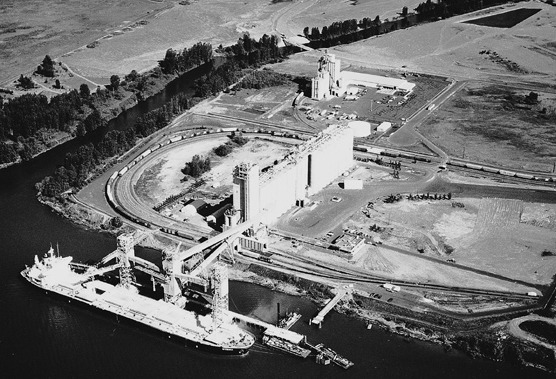The Tokyo Olympics in 1964 marked the emergence of Japan as a consumer economy with the population growing, incomes rising and the economy expanding. In fact, the Japanese economy averaged nearly 10 percent annual growth between 1957 and 1972. Sales of TVs, refrigerators, automobiles, and housing boomed. To fuel this growth Japan needed ever more raw materials.
Given this situation and lacking natural and energy resources the government encouraged and supported the sōgō shōsha in investing in natural resource development overseas. As such, the sōgō shōsha increased their imports of raw and intermediate materials to support Japan's economic growth during this stage and handled the distribution of the more sophisticated and advanced materials needed for consumer product manufacturing, which increased the scope of their supply chains.



















With your current subscription plan you can comment on stories. However, before writing your first comment, please create a display name in the Profile section of your subscriber account page.